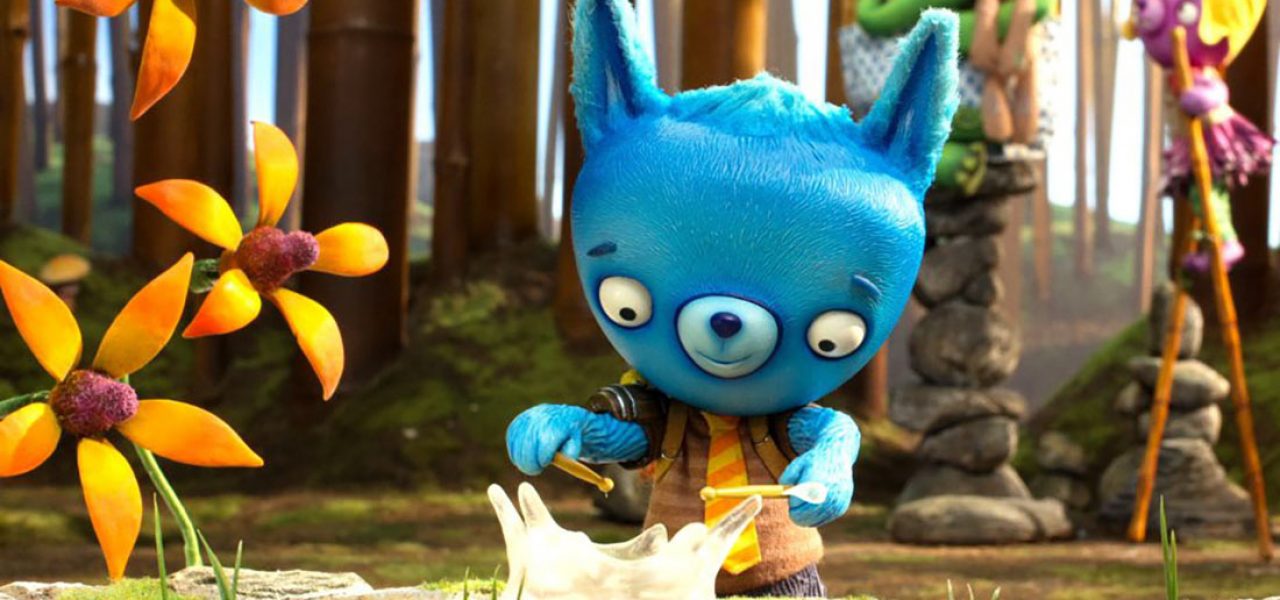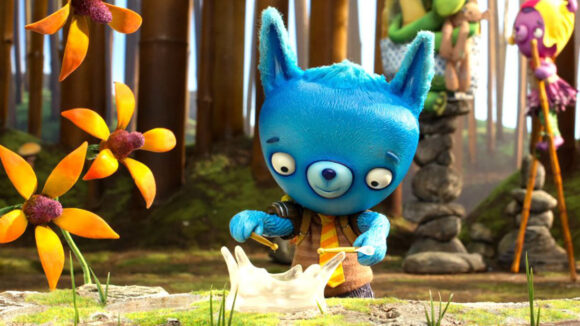

It’s 2017, And L.A.’s Stop-Motion Artists Still Don’t Have A Union
Stop-motion animation is seemingly as popular as ever.
Four feature productions in the last two years have earned Oscar nods – Kubo and the Two Strings, Anomalisa, My Life as a Zucchini, and Shaun the Sheep Movie – while on the small screen, Adult Swim’s Robot Chicken, is heading into its ninth season, and streaming services are picking up their own series, like Amazon’s Tumble Leaf, Netflix’s Buddy Thunderstruck, and Crackle’s Supermansion.
But in Los Angeles, despite the consistency in productions, stop-motion artists are mostly left to fend for themselves when it comes to negotiating their employment agreements with the various studios. No stop-motion animation artists are represented by a union.
Most feature and tv animation studios in L.A. such as Nickelodeon, Disney, Cartoon Network Studios, Titmouse, DreamWorks Television Animation, Bento Box Entertainment, Hasbro, and Marvel Animation are union shops, so why are stop-motion artists treated so differently? Would union representation improve the working conditions of stop-motion artists? Do the working conditions of stop-motion artists differ dramatically from those of other animation artists?
Cartoon Brew spoke with multiple stop-motion artists, a stop-motion producer, and a union representative to learn more about why stop-motion studios in L.A. haven’t unionized yet.
The producer we spoke to, who has dealt with unionization on a major studio stop-motion feature production, said that one of the problems with unionizing a stop-motion house is the nature of stop motion itself. On the feature production, the puppet fabricators were claimed by one union, the animators by another. With two or more unions negotiating different contracts for their members, disparate benefits among same-level staff complicated negotiations and lengthened the production schedule.
However, an Animation Guild I.A.T.S.E. Local 839 representative countered that live-action features deal with multiple union representations on every production, yet they manage to churn out hundreds of movies and television productions every year. Not only that, but, as the Writers Guild pointed out in their recent contract negotiations with the Motion Picture Association of America, the studios are doing very well financially. “This somehow seems to be working out,” despite union contracts, the union representative said.
Indeed, artists have considered unionization multiple times at several Los Angeles-area stop-motion houses, including Bix Pix, producer of Amazon Studios’ Emmy-winning series, Tumble Leaf (pictured above), and Stoopid Buddy Studios, production studio for Adult Swim’s sketch comedy series, Robot Chicken. None of those efforts have succeeded.
One former Bix Pix artist said that in November 2015, due to concerns about working conditions – among them medical insurance, pension plans, and scheduling issues – a strong consensus arose among the production staff that they would vote to unionize.
But Kelli Bixler, the president of Bix Pix, upon learning of the unionization effort, took the initiative and met with the artists. According to the artist who was there, she admitted there were issues, listened to their concerns, and made efforts to address them. That, coupled with rumors of layoffs at a rival studio, convinced the crew to vote the union down.
The major concern among producers is that unionization would increase the price of production. The producer we spoke with said it could lead to a decrease in jobs, adding that unionization typically increases the budget of a production by 20-25%. Part of this cost though traces straight back to why artists often choose to unionize in the first place: medical insurance, pension and welfare, and accrued time off.
The Animation Guild contact emphasized that “costs are one piece of it,” but more importantly, there needs to be a balance among all the parties involved, both management and the labor force. An individual artist is in a weakened negotiating position against a studio unless she bands together with fellow artists. A union brings balance.
Another attempt at union representation was made at Stoopid Buddy Studios in the fall of 2016. As covered previously by Cartoon Brew, working conditions there had not significantly improved, despite an earlier effort to unionize in late 2015. And by late 2016, with votes scheduled among the crew, the studio again stepped up and met some of their crew’s demands, including, according to an artist we spoke to, allowing for 8-hour workdays rather than the customary 10-hour day, with further improvements promised.
Once again, the mere threat of union representation improved the deal for each artist. The artists have learned that improvements in working conditions occur only when studios are forced to make them – and that unions, directly and indirectly, provide that force for change.
What is not clear, however, is when the stop-motion industry in Los Angeles will catch up to the rest of the business, or whether it will provide its workers basic benefits and protections currently enjoyed by other L.A. area animation workers. As stop-motion continues to grow, these are questions worth asking.

